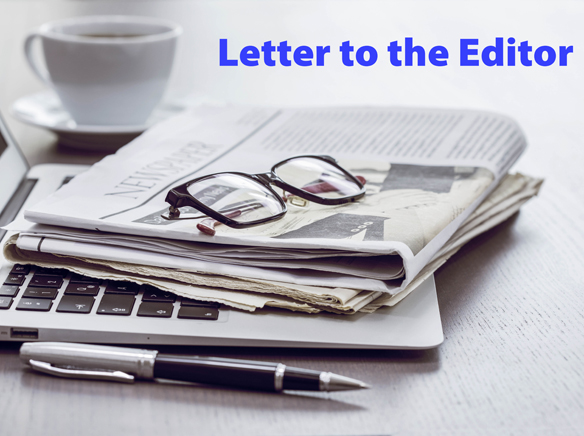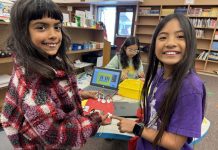Dear Editor:
Now barely into the fourth week of a pandemic wave to hit our American shores, the medical and economic consequences of the COVID-19 virus have taken many by surprise, some still in disbelief, and most of our health care systems ill prepared for this “existential threat,” as Event- News Enterprise senior editor David Young in his Op Ed of March 25 calls Covid 19. It moves across our national landscape overwhelming health care systems short on diagnostic tools, protective equipment, and professional staffing. Even the federal response was in denial and ultimately way late to this public health crisis. So why are we as Americans, the economic engine of the world, still playing catch up to this pandemic most of our health care elites new was coming. It has been said that all government budgets, from federal to municipal, are a reflection of the ethical values of those governed. It has also been said of us the business of America is business. Now our single-minded pursuit of business has been suspended. Were we so myopically focused on commerce, so disconnected from each other today, so divided by our own tribal interests and lack of shared values as to become blind to this “existential threat” Editor Young speaks of, and dares to pause for a moment to ask the “deeper collective question “what do we as Americans really value?” it seems like a fair question to ask, and none too soon.
The obvious answer for most of us who live and work in the place we loosely call community, is family. They will always come first. But done right, community can be an extension of family. Unfortunately for many these days community means little more than a place you drive through when you come home from work. In today’s vacuous virtually connected world online it is easy to forget that a local community of real people is a powerful web of shared collective interests and personal collaborations. A place you support with the sweat equity of your own civic involvement, social interactions and local commerce, so that the community can support you and yours in return when your chips are down. There are many such organizations in this community making that connection and will certainly come forward as they have always done when this storm has passed. For now, we shelter in place, hoping to ride out the storm untouched by the unseen enemy seemingly all around us. But this storm will subside. We will come out of our houses. we will travel the streets of our communities freely again. We may not be standing shoulder to shoulder in our church pews by Easter, but normalcy, or something like it, will return. What will that new normal look like? I for one hope this cataclysmic event will have the effect of slowing us all down a bit, giving us an opportunity to look around this town we call home and begin to redefine our place in it. As David Young puts it in his Op Ed, to “re-engage . . .with the goal of creating policies that reflect what we truly value, what matters most to our common interests.”
The current painful imposition of social distancing should result in evidence enough that we are all hardwired to connect with others, indeed need that connection with others to, in effect, complete the connection within ourselves. The simple and profound human impulse to share leading us pragmatically toward collaboration. As Young’s Op Ed concludes “Life is lecturing us with a hard, yet hopefully, common lesson.” In this place we call community our practical collective interests, more often than not, far outvalue the things that divide us. This time of isolation could serve as a moment of contemplation in which we might ask ourselves what is my idea of place? Have I taken the time to build a connection to this community, or have I just been passing through? Few of us have the kind of job descriptions that can reach out and change the world. But within this place we call community, we all have the capacity to reconnect with others on a personal and daily basis, and once we emerge from our collective isolation, to make that community a better place, a stronger, more resilient place, a place to prepare together to withstand the next storm, before it is upon us.
A few years ago, I had the occasion to interview an inveterate local community giver and unabashed optimist Shirley Bailey on one of the many occasions in her life of being honored for her community service. I asked her why she was so compelled to give her time and service so freely to so many causes and organizations? Without hesitation she responded, “Because if you are not giving back to your community that gave to you, you are just part of the furniture.” How’s that as an aspirational goal for the coming “new normal.”
Thank you,
John Underwood
Los Alamitos












